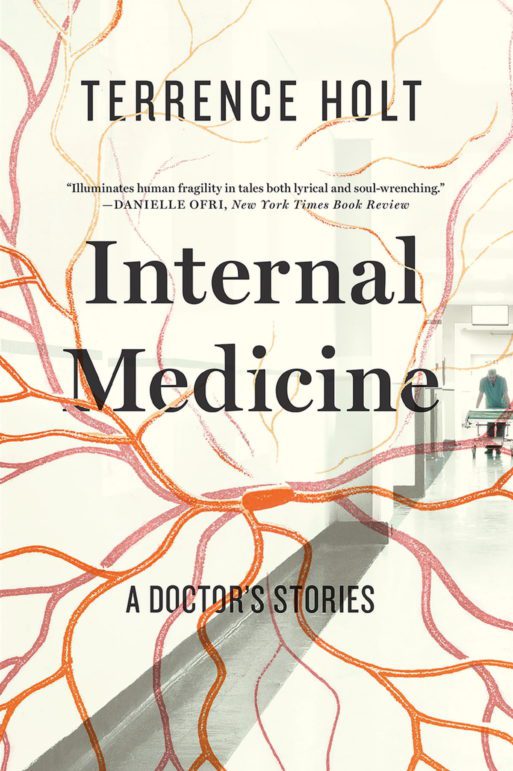 When you’ve worked in a hospital’s ICU as long as Terrence Holt has, you learn a thing or two about death.
When you’ve worked in a hospital’s ICU as long as Terrence Holt has, you learn a thing or two about death.
His book, Internal Medicine: A Doctor’s Stories, takes a parabolic twist to gritty stories from hospital residents. While plenty of authors in this genre focus on medical horrors and miraculous cures, Holt doesn’t rely on this technique to hold his readers’ attentions. Instead, his book breathes life into the day-to-day medical issues residents face hundreds of times in their careers.
Holt describes the atmosphere of the ICU as a place between life and death; the purgatory of the planet. People’s lives constantly hang in the balance. It’s up to doctors to push them back into the realm of the living, or push them one step further into death.
As he describes in the book, from the outside it’s impossible to tell the difference between a doctor working to save a patient’s life, and a doctor working for the opposite goal. A major surgery could just as easily kill a patient as it could save his or her life.
The most suspenseful example of this from Internal Medicine comes from a chapter he calls, “When I Was Wrong.” An elderly woman, Mrs. Wallace, comes to Holt’s hospital following a stroke. She’s in rough shape, and he knows it.
When Holt hooks Mrs. Wallace up to a ventilator, he doesn’t expect her to pull through. Her family asks him what their options are, and he asks them honestly, “If all we can buy her is a little time – with frequent infections, bed sores, being unable to do anything for herself – do you think that’s what she would want?”
The moment the words leave his lips, Holt says an overwhelming feeling of discomfort came over him.
The moment the words leave his lips, Holt says an overwhelming feeling of discomfort came over him. He felt as though he was pushing Mrs. Wallace’s family to take her off life support, and allow her to die quickly.
When you are surrounded by death constantly in your line of work, as Holt was, it’s easy to see the telltale signs of approaching death and embrace them without question. Holt had seen many people like Mrs. Wallace go through similar medical issues, only to die painfully despite relentless efforts to revive them.
In this sense, Holt points out one of the dangers residents face in an ICU setting. Just because a patient seems on the verge of death does not always mean you should hoist a white flag and surrender.
As Holt’s book proves, no matter how many patients you treat in your lifetime, each one has the capacity to surprise you.
These delicate decisions make doctors’ jobs absolutely nerve-wracking. Is this patient going to fight off the infection on his or her own, or will medical intervention only prolong his or her suffering? As Holt’s book proves, no matter how many patients you treat in your lifetime, each one has the capacity to surprise you.
Internal Medicine is full of this and many other revelations about how doctors handle death and dying. The need for doctors to treat patients as human beings, rather than statistics, remains one of the greatest takeaways from the book.
Although Holt has treated countless patients in his lifetime, he tells the stories of real human beings, not walking symptoms of a disease.

 Internal Medicine: A Doctor’s Stories by Terrence Holt
Internal Medicine: A Doctor’s Stories by Terrence Holt



 Recovering Cremation Remains After the Los Angeles Fires
Recovering Cremation Remains After the Los Angeles Fires
 “As Tears Go By” by Marianne Faithfull
“As Tears Go By” by Marianne Faithfull















